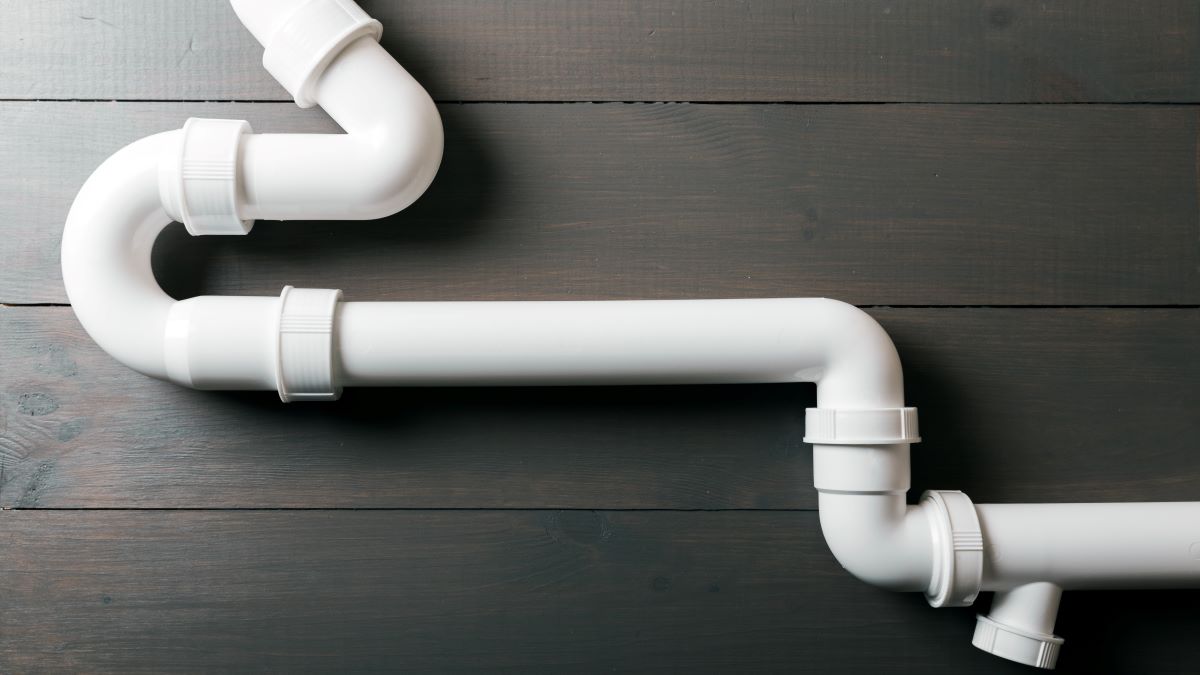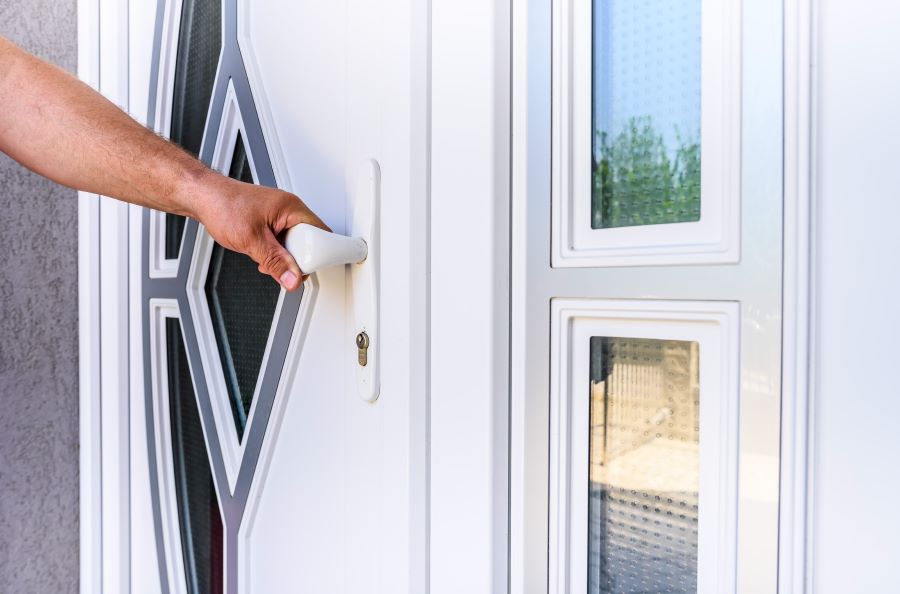Hi, welcome back to Fix the Planet. A bit of joy this week, thanks to research showing there are far more tree species on Earth than we thought.
The new estimate says there are more than 73,000 species globally, with
about 9200 of those yet to be discovered by scientists.
As
co-author Peter Reich at the University of Minnesota told me, on the one
hand, this is a simple “celebration of life”. On the other, we can’t
save what we don’t know about, he says.
But with tree planting and halting deforestation
both seen as crucial tools for putting the brakes on global warming,
this new finding means it’s also worth asking what greater tree
diversity means for tackling climate change. Will preserving more
species help us lock up more carbon?
|
A rainforest in Uganda: greater diversity
of trees should make forests more resilient and less likely to give up
the carbon they store. Photo: Dylan Garcia Photography / Alamy Stock Photo |
|
| |
|
How might a greater richness of species help store more carbon?
First, it’s
worth remembering that if drawing down carbon is your primary concern,
the main thing is having more trees and ensuring that they last. One high-profile analysis found
there is space left on the planet to accommodate enough trees to lock
up more than 200 billion tonnes of carbon dioxide, or about five years
of humanity’s emissions (it’s worth noting that
this research received a lot of criticism).
But greater diversity could be part of the answer too, by making
forests better at using resources and more resilient to threats.
Why are more diverse forests more effective?
Differences between tree species cause them to utilise available resources more effectively,
says Martin Sullivan at Manchester Metropolitan University, UK. Varied
canopy structures mean some intercept light better, while differences in
root architecture influence how they draw resources from the soil.
“This would mean that more diverse stands [groups of trees] grow faster, and thus take in carbon more rapidly, because they can access more resources,” says Sullivan.
Experimental studies have shown this mechanism in grasslands,
and it could plausibly occur in forests too, he adds. Another factor is
that tree species differ in their ability to absorb and store carbon,
so by chance alone, a more diverse forest is more likely to have species
that are very good at drawing down and sequestering carbon.
And why are they more resilient?
In addition
to humans chopping them down and natural disasters damaging them,
forests face threats from pests and pathogens, plus droughts and fires
wrought by climate change itself. Research points to species-rich
forests being less susceptible to bugs, disease and extreme climate
events, says Florian Schnabel at the German Centre for Integrative
Biodiversity Research (iDiv). “Diversity is an insurance,” he says.
“In
a diverse forest, each species will have a slightly different niche it
occupies, and there is a wide variety of survival strategies,” says Charlotte Wheeler
at the Center for International Forestry Research. “If some species die
due to a particular disease, then other species will be able to fill
the gap they leave behind.” One example is ash trees being removed across the UK because of a fungal disease
, with sycamores among the species proposed to replace them.
Tree
diversity’s most important role in storing carbon could be the way it
prevents forests flipping to other ecosystem types that hold less
carbon, such as savannah, says Christian Wirth, also at iDiv. For
example, different types of trees have different tolerances to drought,
allowing for a turnover of tree species that keeps the forest intact.
As
temperatures rise, from a global average of 1.1°C above pre-industrial
levels now to at least 1.5°C in the next 20 years, that ability to
survive and keep carbon locked up will be key. “Resilience is very
important for forest and will be an important mechanism to allow forest
to adapt to climate change, and inevitably there will be some winners
and losers in the face of climate change,” says Wheeler.
How sure are we that diversity means more carbon absorbed and stored?
“There is
still no definitive answer to say that more diverse forests will
necessarily sequester carbon more quickly,” says Wheeler. Part of the
problem is that it’s hard to conduct experiments to measure what impact
diversity has, so most research to date has been observational. That
makes attributing causality a challenge, says Sullivan.
Nonetheless,
he says there is reasonable evidence that diverse temperate forests
produce woody growth more rapidly than less diverse ones, drawing down
and locking away more carbon. “But it is less clear whether these
effects extend to diverse tropical forests,” he says.
What is clear is that newly planted forests with a mix of species usually sequester more carbon than monocultures,
such as solely planting eucalyptus, as some tree-planting schemes have
done. But again, whether that link holds true for natural forests is less understood, says Wheeler.
What difference will it make to climate efforts if the world has 9200 more tree species?
Not a lot in itself. Most of the predicted but undiscovered species are probably very rare. “What
effect are these additional species likely to have on carbon
sequestration? Probably very little, as they're mostly rare, so not
making a major contribution,” says David Coomes at the University of Cambridge, a co-author of the paper.
Hang on, tackling climate change is far from the only thing forests offer us, right?
“Ecologists
and land managers should not just have a singular focus on one ecosystem
service but a balance of many: carbon, biodiversity, human well-being,
hydrological regulation, economically useful plants,” says Justin Moat
at Royal Botanic Gardens, Kew, in the UK.
“There are
already compelling reasons to protect the biodiverse tropics: we know
that species-rich forests are more resilient to pests, pathogens and a
changing climate,” says Coomes. “The news that forests are even more
diverse than previously supposed adds further weight to arguments that
rainforests should be protected.”
As usual, a very interesting and informative report! I suppose it all comes down to us all being prepared to make a little bit more effort,which at the moment seems to be almost impossible, being left to those who do, again. With the click culture firmly becoming embedded and the impacience that goes with it,once again we need to change our tactics to try and get more young people on board. I'm going to say it again,but our generation (born between 1960 and 1970) are the first ones to realise that we are those who need to make changes, the older ones seem to be in denial that it had anything to do with them,and the younger ones are still too young. I have had conversations with some elderly people who seem to think that all this has nothing to do with them and why should they recycle? The problem is that some of them have passed this attitude through the family and they all carry on the same!
The blog song for today is: "Save me" by Queen
TTFN









